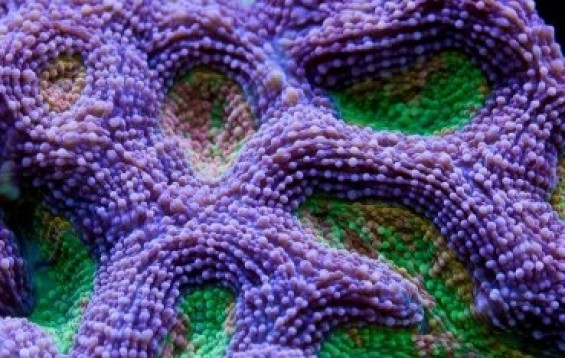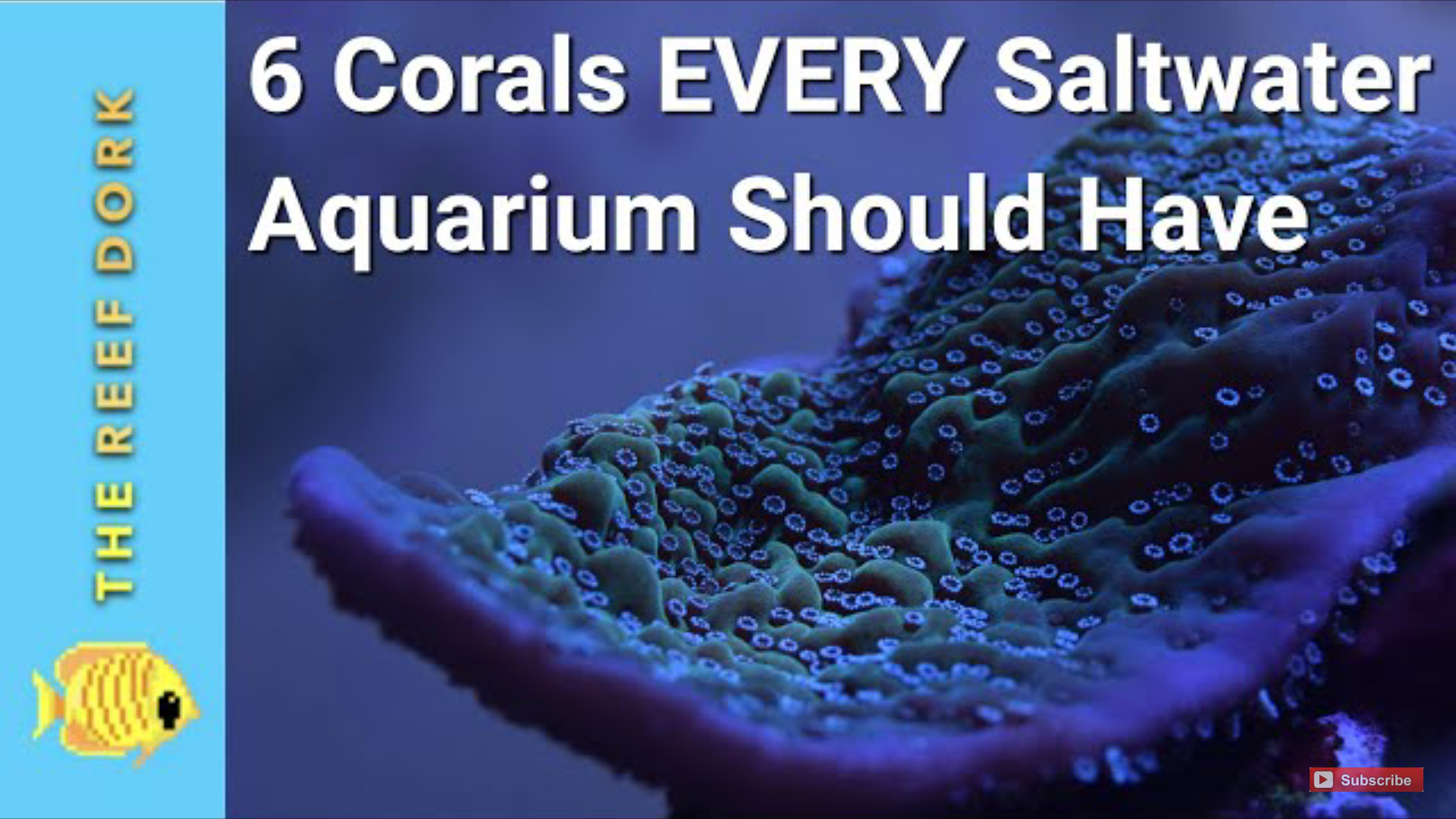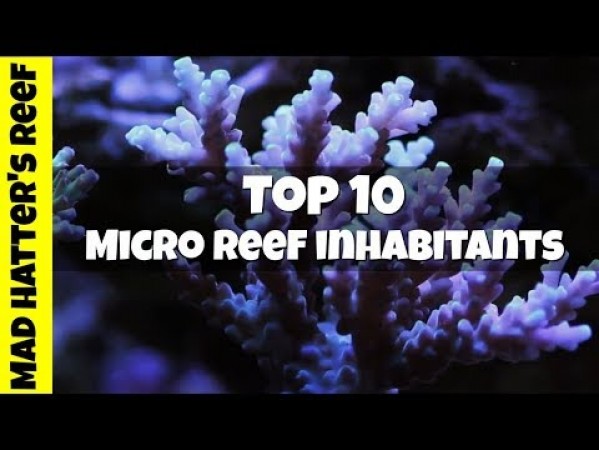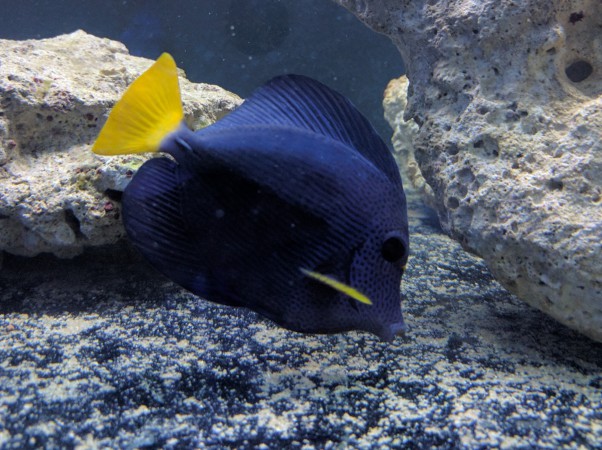- Name:
Rainbow Acan Echinata
- Family: Mussidae
- Species: Acanthastrea
- Scientific Name: Acanthastrea echinata


General info about Rainbow Acan Echinata
In the wild, Rainbow Acan Echinata comes in two forms: either encrusting or massive. Their colonies may reach over a meter in length. They have circular corallites with thick walls and septa that have long and pointed teeth. Their skeleton is covered with a dense, fleshy tissue that usually forms a concentric fold.
The color of Rainbow Acan Echinata is typically mottled dull brown to gray or green. However, they can be brightly colored which can be influenced by environmental factors especially in waters with high nutrient level. This is best exhibited in captive breeding where growers have produced a lavender and bright green variety. One of the popular breeding varieties is the Orange Crush Acan Echinata, Rainbow Acan Echinata, and Lavender Green Acan Echinata.
You also have to look out for other factors and must stay within the range:
- Calcium: 400 - 450 ppm
- Alkalinity: 3.2 - 4.8 MEQ/L
- Phosphates: 0
- Magnesium: 1200 - 1350
- Strontium: 8 - 10
- Temperature: 76° - 83° F (24° - 28° C)
- Salinity / Specific Gravity: 1.023 - 1.025
Rainbow Acan Echinata Diet & Nutrition
In the wild, Rainbow Acan Echinata has developed a symbiotic feeding relationship with marine algae called zooxanthellae. But in captivity, you have to feed them with nanoplankton or dissolved organics.
Fragging / Propagating Rainbow Acan Echinata
A mature tank is highly recommended in propagating Rainbow Acan Echinata. Thriving them with fish is recommended as fish excretes nitrogen that can sustain the coral's growth.
Flow / Lighting Requirements for Rainbow Acan Echinata
Rainbow Acan Echinata does not need a high flow rate and intense light. Giving them moderate lighting allows the Rainbow Acan Echinata to spread their polyps thereby allowing them to feed. Too much light will cause the polyps to be retracted.
Rainbow Acan Echinata Origin
Rainbow Acan Echinata can be found throughout the Indo-Pacific region. They are widely distributed from East Africa (the Red Sea to Polynesia), Japan, Marshall Islands, and the Great Barrier Reef and Solitary Islands of Australia.
Caution Should be Taken with Rainbow Acan Echinata
Except for their own kind, Rainbow Acan Echinata is aggressive towards other species. During the night, they extend their tentacles and sting nearby corals. It is recommended to observe proper spacing between corals. Further, they have the tendency to be overpowered with soft corals and will die especially if soft corals outnumber them.
How to Acclimate Rainbow Acan Echinata
Rainbow Acan Echinata is purely marine. So, therefore, salinity must be maintained thoroughly at 1.023 to 1.025 specific gravity.
Stinging Tentacles on Rainbow Acan Echinata
During the night, they extend their tentacles and sting nearby corals.
Original Detail
| Name | Species | Family | Scientific Name | More Detail | Added by |
|---|---|---|---|---|---|
| Rainbow Acan Echinata | Acanthastrea | Mussidae | Acanthastrea echinata | In the wild, Rainbow Acan Echinata comes in two forms: either encrusting or massive. Their colonies may reach over a meter in length. They have circular corallites with thick walls and septa that have long and pointed teeth. Their skeleton is covered with a dense, fleshy tissue that usually forms a concentric fold. The color of Rainbow Acan Echinata is typically mottled dull brown to gray or green. However, they can be brightly colored which can be influenced by environmental factors especially in waters with high nutrient level. This is best exhibited in captive breeding where growers have produced a lavender and bright green variety. One of the popular breeding varieties is the Orange Crush Acan Echinata, Rainbow Acan Echinata, and Lavender Green Acan Echinata. You also have to look out for other factors and must stay within the range:
|
PalaciosAn |
Changed by users
| Submitted Date | Submitted By | Status | Action |
|---|





